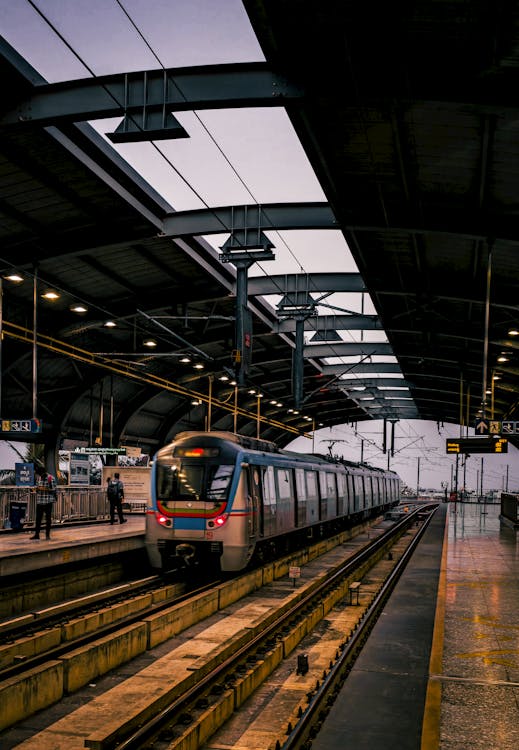Telangana’s Big Metro Leap: Revanth Reddy’s Bold Vision to Connect Airport to Future City

Imagine this. You land at Hyderabad’s Rajiv Gandhi International Airport. Instead of haggling with cab drivers or getting stuck in traffic, you glide straight into a sleek Metro train. No delays, no drama. And 40 minutes later—you’re at Future City, the heart of tomorrow’s Telangana.
Sounds futuristic, right?
Well, Chief Minister Revanth Reddy is turning that vision into a reality.
What’s the Buzz About?
In a high-powered review meeting this Friday, CM Revanth Reddy dropped a big announcement. He wants Hyderabad Metro Rail services extended from the airport all the way to the upcoming Future City, a mega urban development being built over 30,000 acres near Mirkhanpet.
“Prepare a new project report and make sure HMDA and the Future City Development Authority are on board,” he told officials.
Telangana’s urban growth just got supercharged.
What Exactly Is Future City?
Think of it as Hyderabad’s answer to Silicon Valley—only more organized and (hopefully) with better roads. This 30,000-acre mega-project will host:
- Young India Skills University
- Business hubs and innovation parks
- Eco-friendly residential zones
- Smart infrastructure from the ground up
And guess what? The Metro won’t just connect it—it’ll be its backbone.
The New Metro Plan in a Nutshell
Here’s what’s in the pipeline:
- Route: Rajiv Gandhi Airport → Young India Skills University → Mirkhanpet
- Length: 40 km
- Partners: State Govt + HMDA + Future City Authority
- Project Status: Detailed Project Report (DPR) in the works
- Goal: Submit to Central Government for approval
And this is just one part of Telangana’s larger Metro Phase-II blueprint, which includes:
- Nagole to Shamshabad Airport – 36.8 km
- Raidurgam to Kokapet Neopolis – 11.6 km
- MGBS to Chandrayangutta – 7.5 km
- Miyapur to Patancheru – 13.4 km
- LB Nagar to Hayatnagar – 7.1 km
Total: 76.4 km of new Metro lines Estimated Cost: ₹24,269 crore Proposed Funding: 50:50 joint venture between Centre & State
Why This Expansion Actually Matters
Let’s get real. Urban traffic is brutal. Hyderabad’s growth has been explosive—especially in IT, pharma, and education sectors. And without scalable public transport, the city could choke on its own success.
This Metro expansion is not just another government project. It’s a lifeline. A move to:
- Cut down commute time drastically
- Make job hubs and education campuses accessible
- Reduce vehicle emissions and congestion
- Future-proof Hyderabad for smart urban growth
A Little Story from Last Month…
Just a few weeks ago, I met a startup founder from Gachibowli. She said she spends almost two hours daily just getting to meetings across the city. "If we had better Metro coverage," she laughed, "I could probably launch another company with the time I’d save."
That’s when it hit me—this Metro expansion isn’t about steel and concrete. It’s about time, opportunity, and access.
The Metro to Tomorrow
Let’s face it—Hyderabad’s at a turning point. With tech corridors booming, startups mushrooming, and students from across the country arriving for world-class education, we need infrastructure that keeps up.
And this Metro plan? It’s not just a transport project—it’s a promise. A bold, ambitious, future-forward promise that says:
"We see where Hyderabad is headed. And we’re building the tracks to get there."
Over to You!
So, what do you think of Telangana’s Future City Metro plan? Is this the kind of vision we need more of across India? Or do you have your own suggestions for improving urban mobility?
Drop a comment below and let’s talk transit, traffic, and Telangana’s future!
And hey—if this got you excited about where Hyderabad’s heading, share it with a fellow commuter, student, or city planner.


